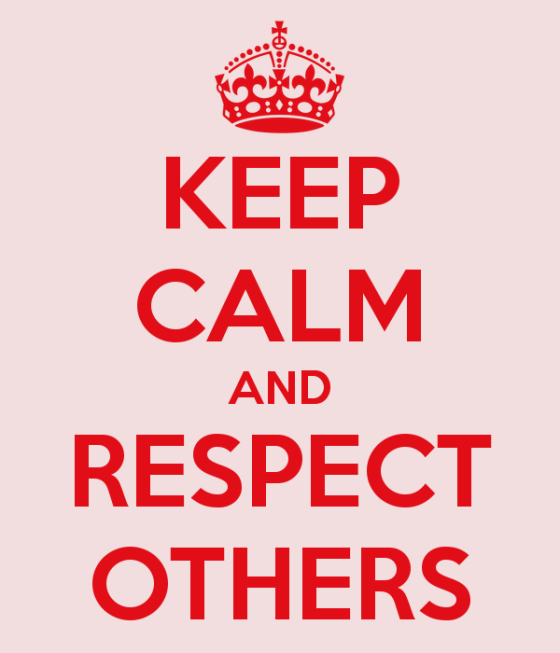Pay Per Click also known as PPC is one of the most recognized tools of Internet advertising. The main principle of PPC differing from many other advertisements is that the advertiser does not pay for every advertisement that is published or visible, but the advertiser pays only when someone has clicked on the ad. The advantage of PPC advertising is its measurability and the ability to relatively plan the outcomes.
The whole point of PPC is the usage of very direct key words describing the company/website or the customer needs so when a potential customer is searching for a particular product/service on the Internet, the advertiser’s goal is to get this person to come on their site because this person’s needs are linked with that particular advertisement. In order for this to happen, advertisers bid on the key words that their target audience is most likely to use when searching.
The first step that a company should follow is the amount of money the company is wiling to spend on this PPC campaign because it can get very expensive, therefore setting a budget allows the company to control how much money will be spent. Another step that should be taken is obtaining professional support; therefore the business can rely on the experts support and continue to focus on another areas that need to be taken care of. Another essential step is to analyze the customer’s needs and keywords that customer is most likely to use when searching. There are many PPC keyword generators webpages on the Internet that might help when analyzing these keyword phrases. The advertising system Google AdWords is the most commonly used PPC system around the world. These advertisements appear besides the organic search results, meaning on the right side of the webpage or on the very top (commonly displayed on a yellowish background).
An article that I chose on Mashable.com PPC, Marketing: 10 Killer Tips for Better ROI written by Stacey Politi is focusing on ten necessary tips that will help in advancing ones PPC campaign and hopefully resulting in a greater return on investment (ROI). Politi advises to run a negative campaign meaning that when searching for keyword phrases, you place all negative keywords on a negative list, which will help to get rid of all the negative words in advance.























